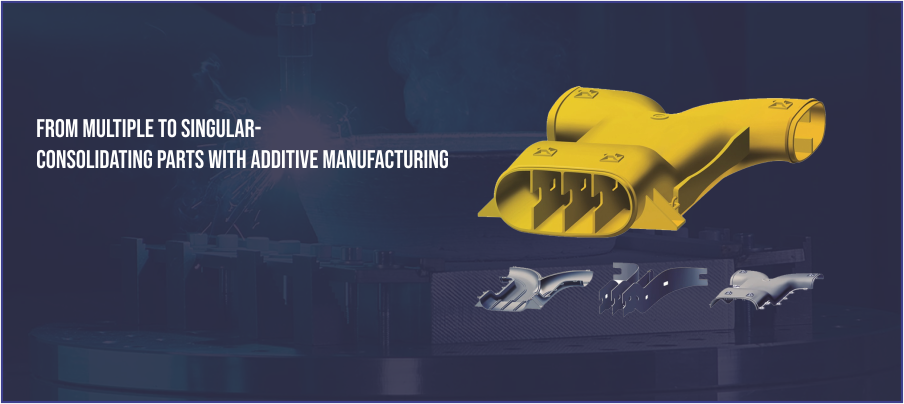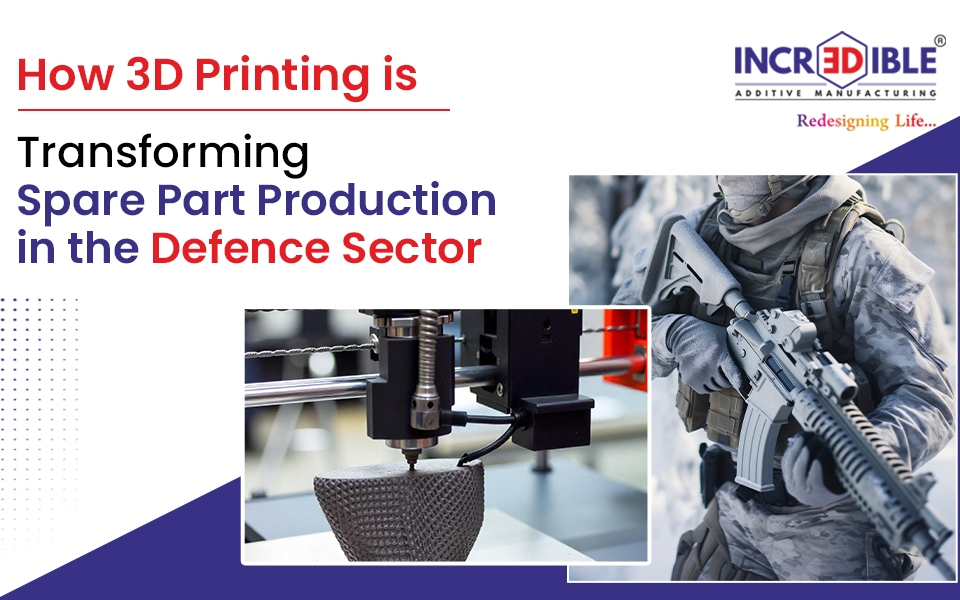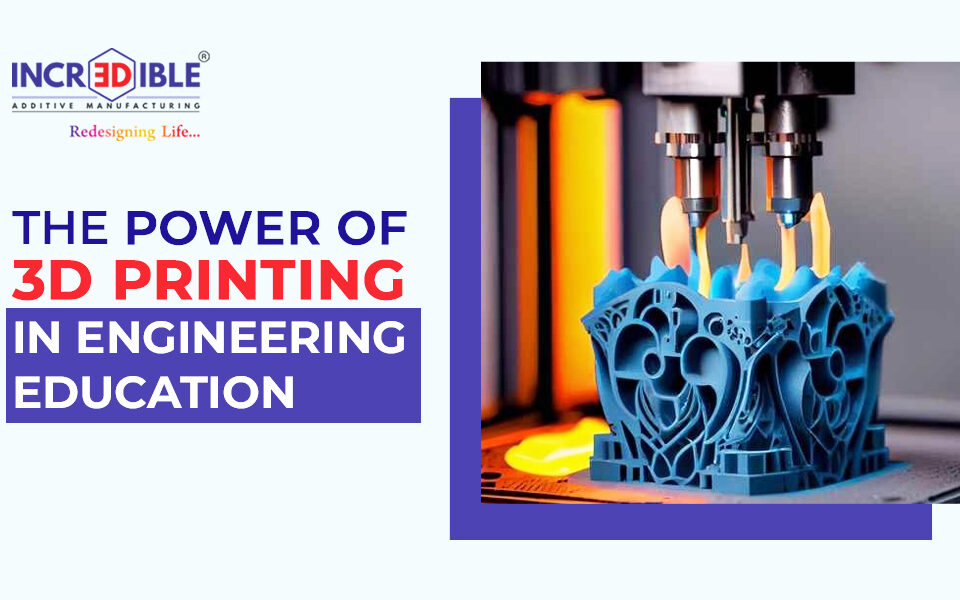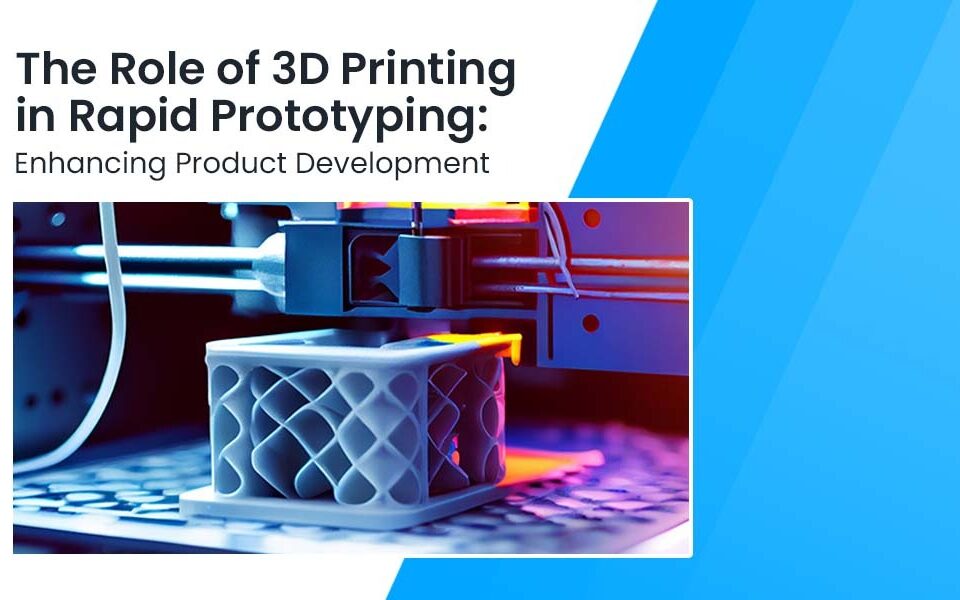Introduction
Additive Manufacturing is an innovating technology in which objects are made by joining or depositing different materials layer-by-layer to produce a 3D object. Many engineering components consist of hundreds of internal parts that are designed individually and then assembled to create an object. However, this is a laborious process and requires a lot of materials, which eventually increases the cost of production.
An assembly is a group of parts joined together by various methods such as welding, bolting, riveting, etc. These joining processes have certain limitations, and at high temperature and pressure, chances of failure are very high. As the assembly consists of many parts, its efficiency diminishes. Thus, in large assemblies, where the efficiency factor is vital, parts consolidation is a great alternative to it.
What is Parts Consolidation?
Parts consolidation is a process in which multiple parts are merged together in the CAD model. It also allows for some design changes without compromising on the functionality of the part. Parts consolidation offers numerous advantages as it reduces the number of parts that need to be designed and manufactured into the final assembly. These consolidated parts have complex structures and producing them via conventional methods are not feasible, thus additive manufacturing is the best option available.
Parts Consolidation process
Parts Consolidation process consists of 5 stages which are as follows:
- Select Assembly: The first step is to select the assembly that you want to consolidate into lesser parts.
- Finite Element Analysis: The next step is to do Finite Element Analysis, which is a process used by Engineers to reduce the number of physical parts and optimize components in their design phase to develop products faster and better. This process shows whether a product will break, wear out, or work the way it was designed.
- Redesign Assembly in Software: Now the assembly can be redesigned in the specialized software packages. Designers can make appropriate changes in the assembly to enhance its functionality and performance.
- Finite Element Analysis for Validation: Validation in finite element analysis (FEA) is becoming a major focus for organizations wanting to control the quality of their engineering solutions. Validation is needed to show that the assembly is truly representative of the problem at hand. The assembly must be validated in order to guarantee a reliable analysis.
- 3D printing: The final step is to 3D print the assembly and get a consolidated product.
Benefits of Parts Consolidation
There are multiple benefits of parts consolidation that help in increasing the efficiency of organizations. Some of the major benefits are as follows:
- Reduction in the supply chain: As parts consolidation results in less number of components to be used, it effectively reduces the supply chain as the demand decreases. The reduction in supply chain can help your business profits increase as you save on the supply costs.
- Low risk of failure: Part consolidation reduces or entirely eliminates a number of risks. For example, you can circumvent the risk that your supplier can no longer supply the part in question. This supplier risk is multiplied by the number of parts in the assembly. If you’re able to print multiple parts as a single unit using AM, the chances of encountering this issue greatly decreases. There are other risks that are reduced as well. The instances of part failure decrease when the part has been manufactured as a single unit rather than assembled separately. Another risk is obsolescence; when the part reaches the end of its life you will not have remaining inventory that must be disposed.
- Performance improvement: The engineering components offer improved performance when the number of parts is In many cases, AM allows you to make a better performing part, because it enables geometries that are desirable but can’t be made with conventional manufacturing. Some of the applications of AM that have exciting benefits for improved product performance include high strength to weight ratio, heat transfer, fluid flow, and energy absorption. In automobile industry, the fuel consumption and overall weight of the engine decreases, which results in increased power output.
- Cost saving: This is one of the best and most obvious benefit of consolidating your parts with AM. If you are needing fewer parts to assemble means you are spending less money on assembly costs. If the assembly is taken out of the equation that means you will reduce potential cost-driving factors such as quality control or inventory management. Through parts consolidation, you are also lessening the risk of hidden costs and project delays. It even benefits in supply chain optimization which further helps in cost reduction.
- Easy assembling: Due to less number of parts, it gets easy to assemble them which reduces the labour. Faster the assembly takes place, faster the products get ready to dispatch.
Conclusion
The applications of additive manufacturing continue to expand across different fields enhancing the creativity and productivity of design engineers. Manufacturers strive to achieve the reduction cost, supply chain risk, and improved performance through part consolidation.




